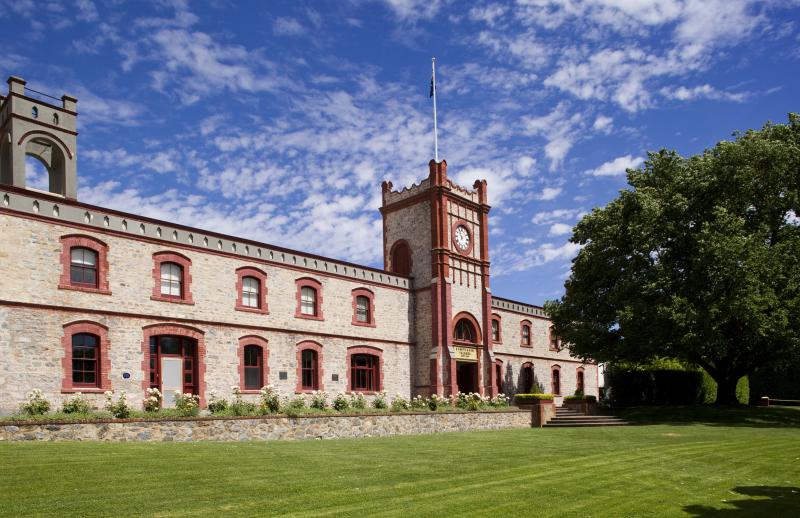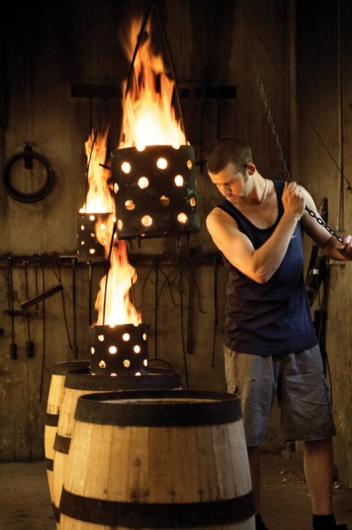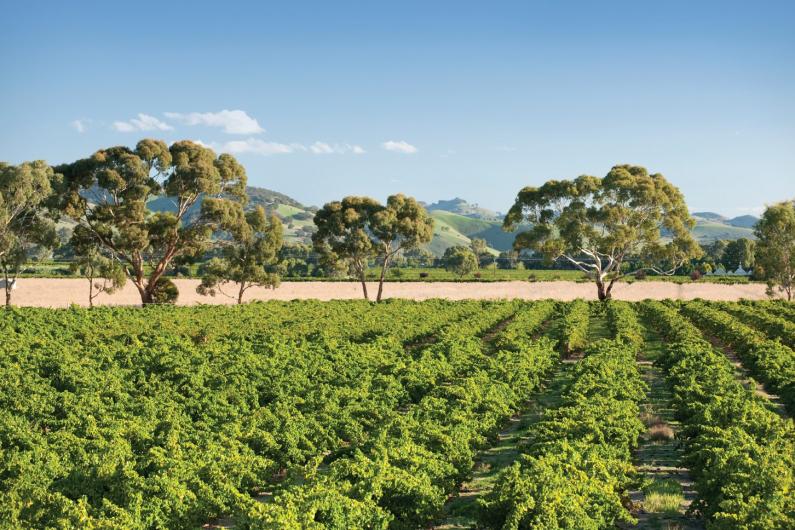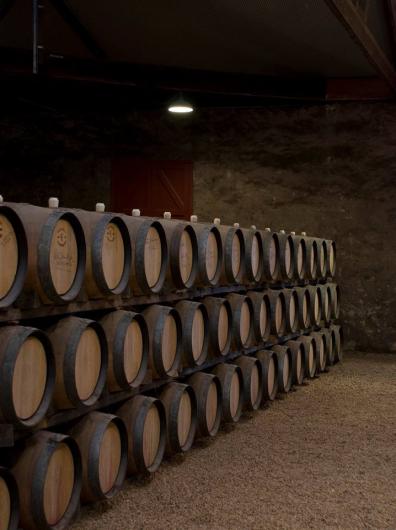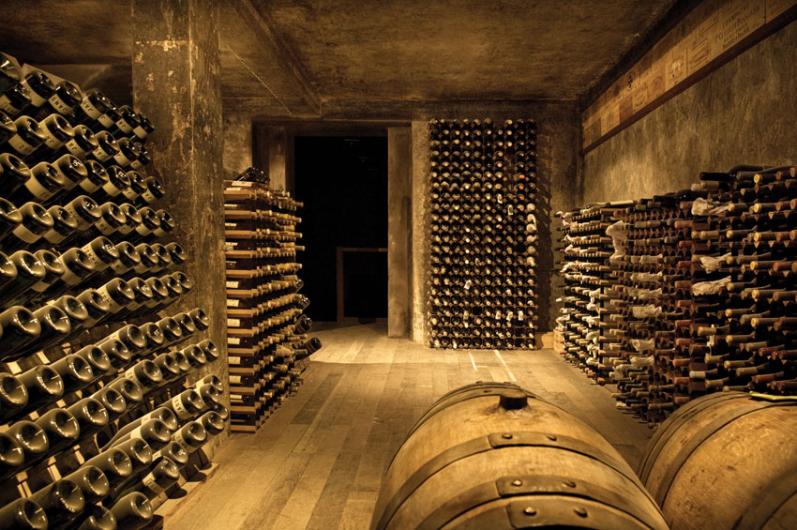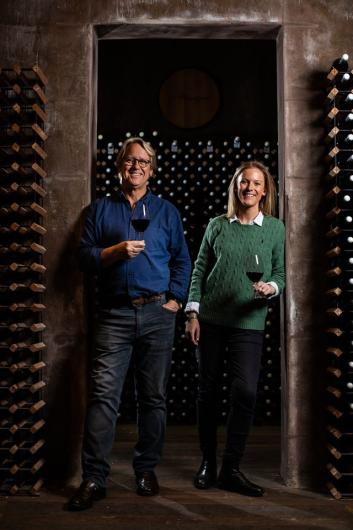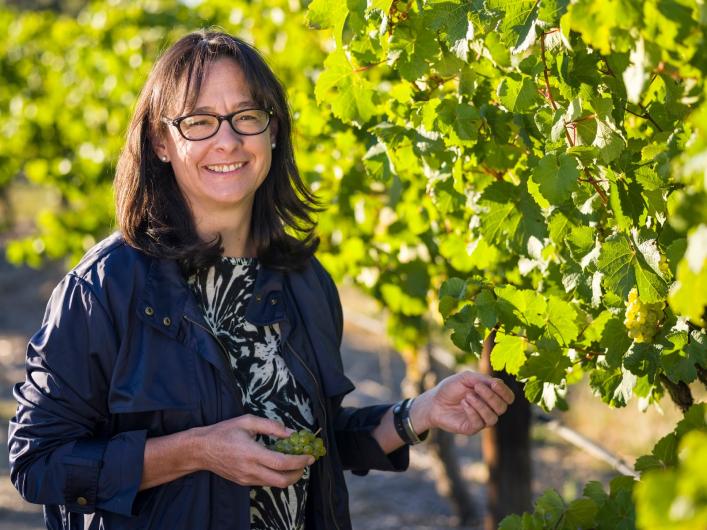Yalumba Y Series Pinot Grigio

Wine Description
At Yalumba we believe that one good wine leads to another. The Y Series was created with that belief in mind. The Y Series is a collection of iconic classics and exciting new varietals. Each authentically crafted with fruit from South Australia’s most celebrated wine regions. We look forward to sharing our love of wine with you as you explore the Y Series.
 Acclaim
Acclaim
 Vineyard & Production Info
Vineyard & Production Info
 Winemaking & Aging
Winemaking & Aging
 Analytical Data
Analytical Data
 Wine Production
Wine Production
Good rainfall was recorded during July & August which replenished the sub-surface soil moisture. This proved invaluable as spring and summer were on the dry side. Rainfall late in December and again in late January was vital to refreshing the vines during the growing season and leading into harvest. Following near perfect ripening weather, the Pinot Grigio grapes were harvested in late January through to the middle of March.
 About the Vineyard
About the Vineyard
The fruit for the Y Series Pinot Grigio is sourced from premium viticultural regions of South Australia. Careful hand-picking allowed the grapes to be picked at optimal ripeness. Whole bunch pressing was used to minimise color and tannin extraction from the pink skins, followed by oxidative handling to naturally remove any remaining colour. Fermentation proceeded on full solids, utilising yeast indigenous to the vineyard. The wines were then left on their lees until blending, giving the final wine complexity and finesse.


